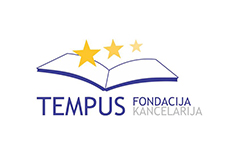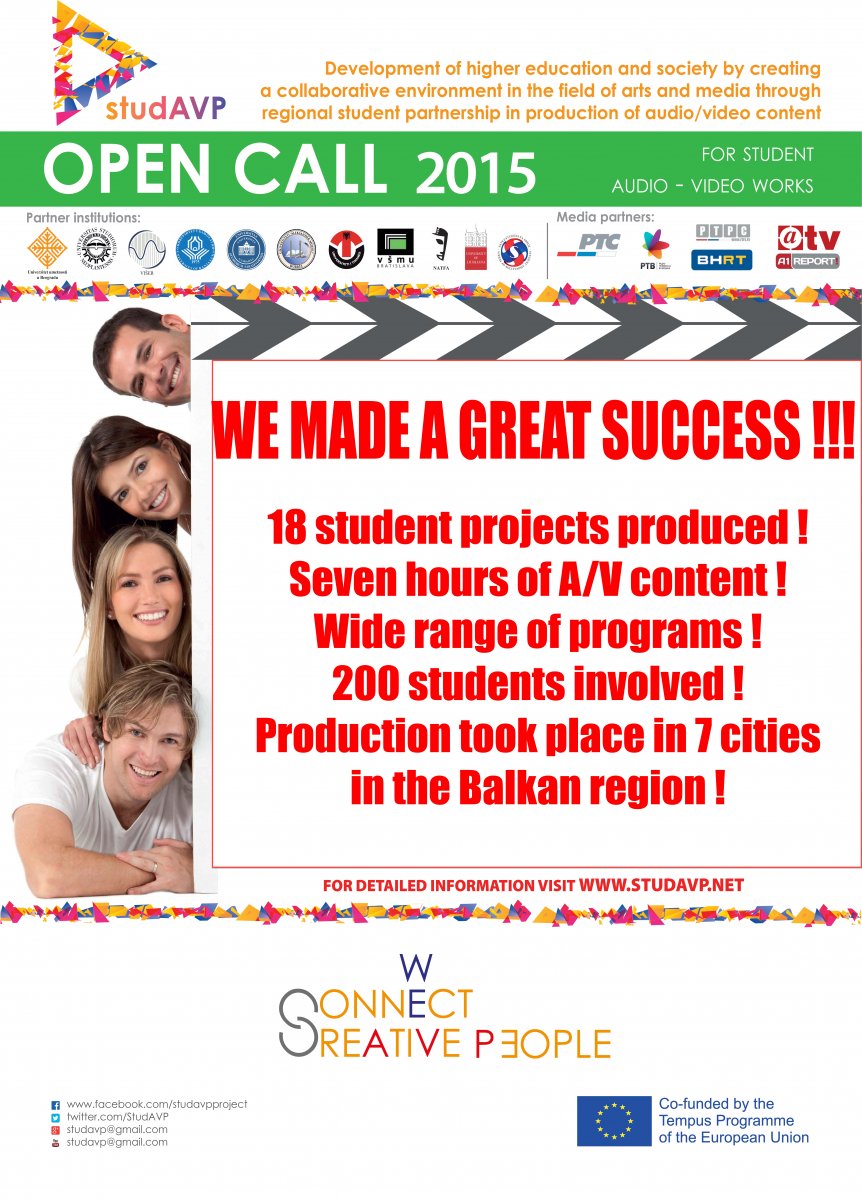Background
Taking recent technological advancements into account and their possible application within the space of higher education in the field of audio visual arts and media, as well as their impact on connections between education and media industry and society in general, and dedicating special attention to the needs of contemporary student, we had come to realization that classical forms of education and co-operation did not offer desired results and were increasingly alienating the modern student from praxis and public creative work.
We concluded that the current models of co-operation between education and praxis were counterproductive to student and society as a whole, because they were creating “unusable” human resources that did not have professional future, rather leaving them to coincidence and personal resourcefulness, stimulating their traits outside of the domain of the creative in arts and media. Contemporary student tends to be more flexible, mobile and free to choose. He has the need to establish new communication channels, using all forms of contemporary media communication, particularly the global network-the Internet, as an outlet for his creative work. One such example is the mobile phone with all of its possibilities, which had a revolutionary impact on the new audio-visual forms and content, creating mobile media for distribution.
Above all, the aim of the project was to offer a freer and more efficient way of designing and exhibiting creative works of students in the field of AV media and arts. By creating the specific student media environment in the region and the direct and close connection with media public service institutions, we could establish a better and more efficient model of co-operation between higher education institutions and industry. Subsequently, the education forms and models would change, all in pursuit of better general and creative communication between educators and students and among students themselves.




